Latent curing agent AJICURETM

What is AJICURETM?
AJICURETM is a latent curing agent and accelerator specifically for use with one-component epoxy resins developed by Ajinomoto Fine-Techno.
It is also widely used abroad under the name AJICURETM.
It is applied in various fields such as electronic component and automobile part bonding, powder coatings, and composite materials such as prepreg.
Ajinomoto Fine-Techno's low temperature curing technology
Epoxy resin curing
Chemical reaction type: Curing occurs when a chemical reaction is triggered by some external stimulus.

Latency
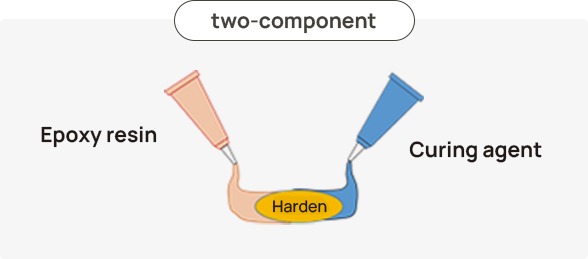
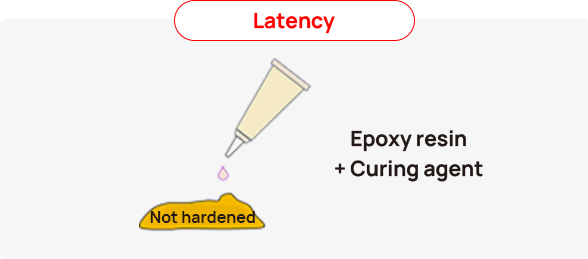

It is extremely difficult to achieve both storage stability and low-temperature curability even with potentiality.
Ajinomoto Fine-Techno's low temperature curing technology
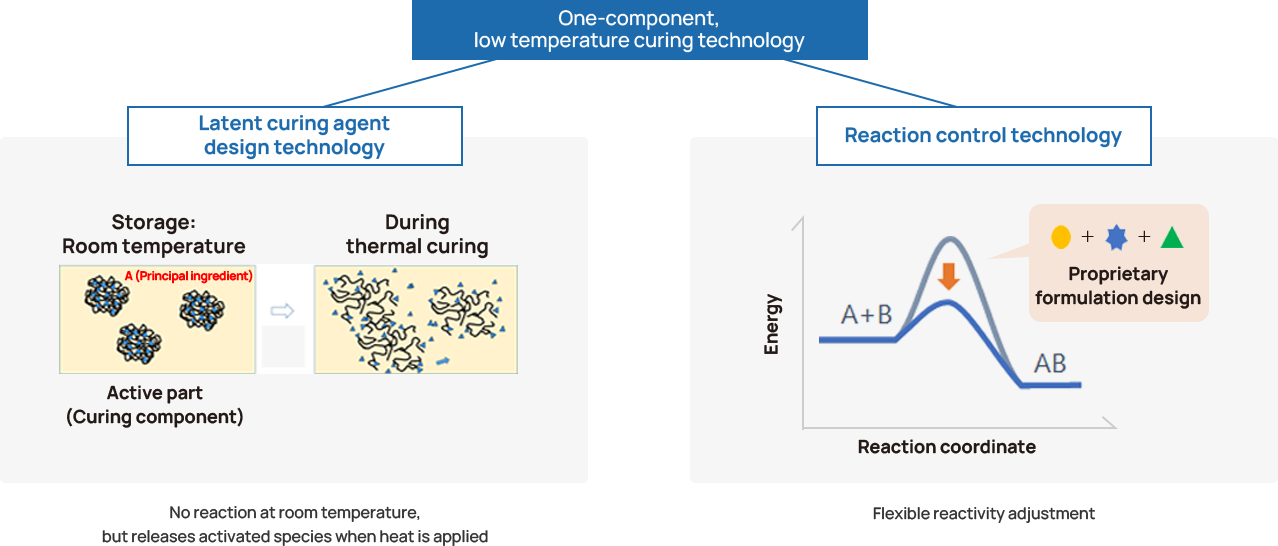
Added value provided by low temperature curing technology
Increased productivity
It improves productivity and reduces environmental impact by lowering production temperature and shortening production time.

New material combinations
It enables materials that could not be used before due to their low heat resistance to be combined, resulting in completely new devices.

Improved adhesion reliability
Lowering the curing temperature alleviates internal stress due to cooling shrinkage, resulting in high adhesive strength and crack prevention.
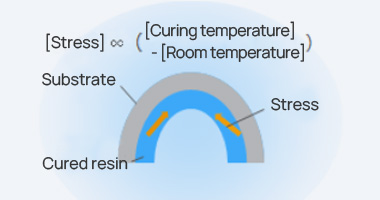
Have you experienced these issues?
Here is the product that resolves these issues.
Latent curing agent AJICURETM
Feature
Adhesives for electronic materials, Encapsulant, Film products
Adhesives for automobiles, Structural materials
Prepreg, Composite materials such as filament winding
Powder paint
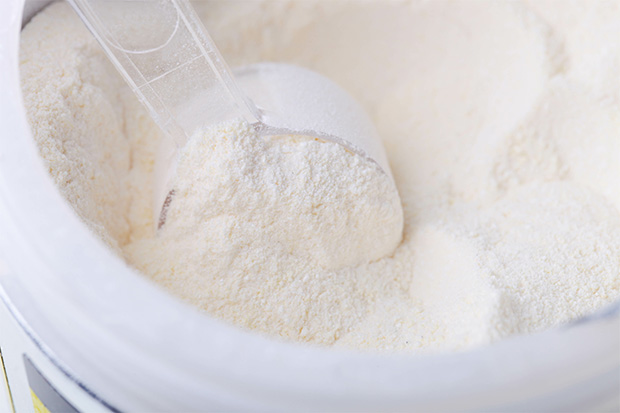
Benefits of introduction
As a latent curing agent, it effectively balances short curing time and pot life for low-temperature curing.
The PN and MY series can be used to create one-component epoxy resin compounds with superior curing properties and long shelf life.
We can also propose applications for resin compounds that can be stored at room temperature in environments where refrigerated storage is difficult.
As a curing accelerator for dicyandiamide, etc., it is also highly effective in lowering the curing temperature and improving the curing speed.
The hydrazide series has an extremely low curing temperature compared to general hydrazide compounds, and offers a variety of unique physical characteristics such as transparency and flexibility.
Feature
Lineup
It has the following lineup and is applied in a wide range of fields such as bonding of electronic components and automotive parts, powder coating, and composite materials such as prepreg.
PN and MY series: Amine adducts
Hydrazide series: Dihydrazide compounds
AH series: Complex system
AJICURETM PN and MY series
| Classification | Variety | Volume added(phr) | Curing conditions | Life | Features |
|---|---|---|---|---|---|
| Amine adducts | PN-23 | 20 | 80degC×30 minutes | 1 month | Fast curing at low temperature, High heat resistance |
| PN-H | 20 | 100degC×30 minutes | 2 months | Modified PN-23 for longer pot life | |
| PN-31 | 20 | 100degC×30 minutes | 2 months | Better better storage stability in bisphenol F epoxy than PN-H | |
| PN-40 | 20 | 100degC×30 minutes | 3 months | Better better storage stability in bisphenol F epoxy than PN-H | |
| PN-50 | 20 | 120degC×30 minutes | 4 months | Good stability at high temperatures | |
| PN-F | 20 | 80degC×30 minutes | 1 month | PN-23 low chlorine grade | |
| PN-23J | 20 | 80degC×30 minutes | 2 weeks | Micropulverized PN-23, Good low temperature curing properties | |
| PN-31J | 20 | 80degC×30 minutes | 3 weeks | Micropulverized PN-31 | |
| PN-40J | 20 | 90degC×30 minutes | 1 month | Micropulverized PN-40, Longer life | |
| MY-24 | 25 | 100degC×60 minutes | 3 months | Better storage properties, High adhesive strength | |
| MY-25 | 25 | 110degC×60 minutes | 4 months | Modified MY-24 for longer shelf life |
Comparison of the characteristics of AJICURETM
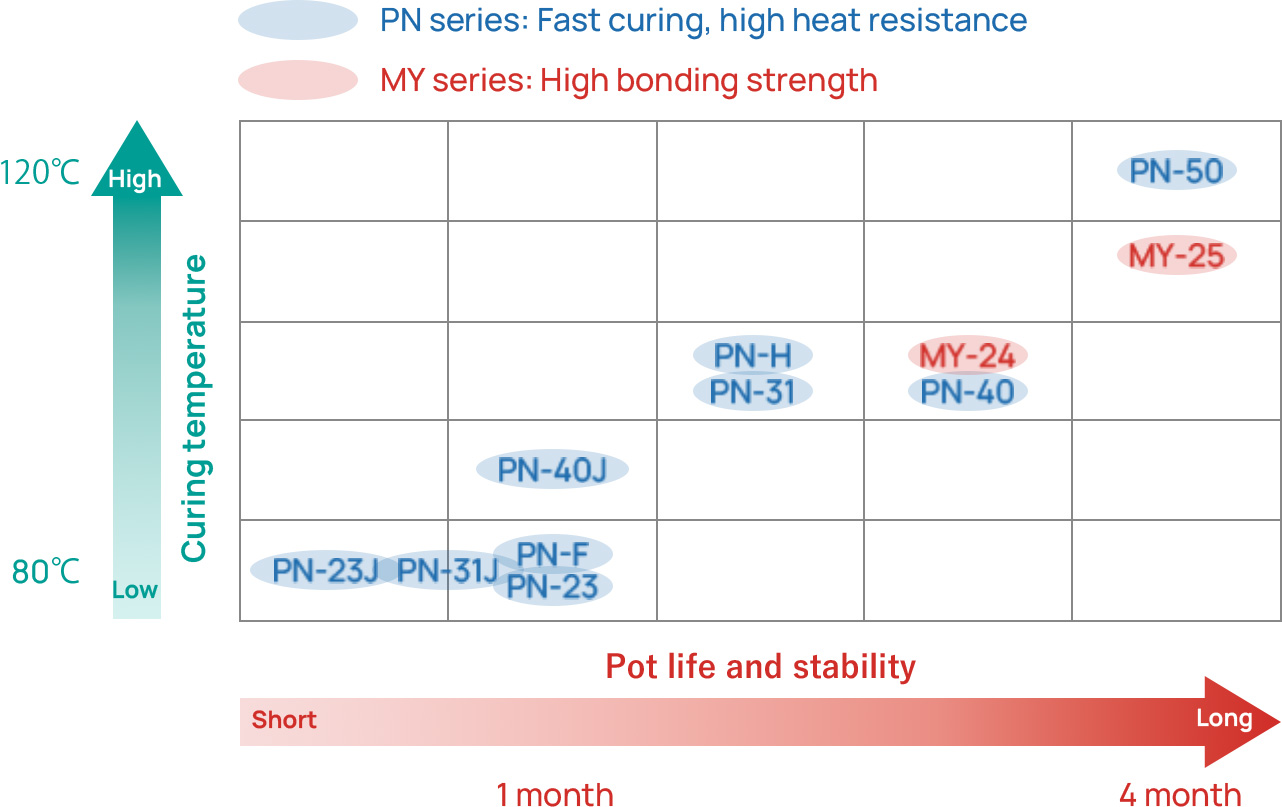
AJICURETM hydrazide, AH Series
| Classification | Variety | Volume added(phr) | Curing conditions | Life | Features |
|---|---|---|---|---|---|
| Hydrazide | VDH | 41 | 110degC×60 minutes | 1 month | Water soluble, Good transparency |
| VDH-J | 41 | 110degC×60 minutes | 1 month | Micropulrerized VDH | |
| UDH | 48 | 130degC×60 minutes | 3 months | Low calorification, High peel strength | |
| UDH-J | 48 | 130degC×60 minutes | 3 months | Micropulverized UDH | |
| Complex system | AH-123 | 45 | 120degC×30 minutes | 1 month | Flexibility added |
| AH-203 | 25 | 90degC×60 minutes | 1 month | High shear stability, High peel strength | |
| DICY | AH-154 | 9 | 150degC×60 minutes | 3 months | High dispersion, Good curing properties |
| AH-162 | 11 | 150degC×60 minutes | 3 months | High dispersion, Long life in high temperature |
AJICURETM hydrazide series
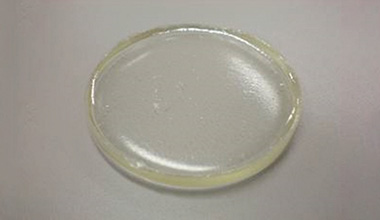
Transparent, colorless cured material
High Tg cured material
White Solid (powder)
Molecular weight: 314g/mol
Active hydrogen equivalent: 78.5g/eq.
Melting point: 120degC
Solubility: More than 100g (For 100g of water)
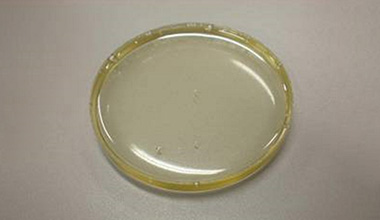
High peel strength
Low elasticity cured product
White Solid (powder)
Molecular weight: 366g/mol
Active hydrogen equivalent: 91.5g/eq.
Melting point: 160degC
Solubility: Less than 1g (For 100g of water)
Examples and Applications
Realization of one-component epoxy resin compounds with superior low temperature curing properties














